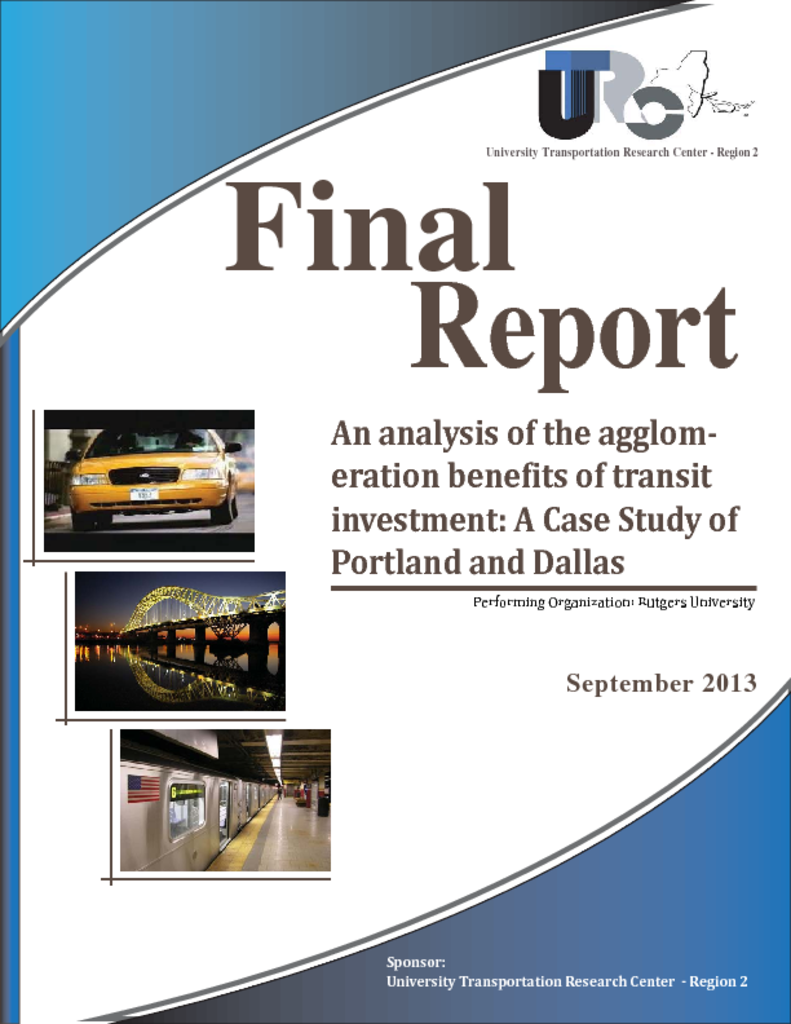The objective of this paper is to examine whether new firms are more likely to form near rail transit stations. Two relatively new light-rail systems, one in Portland, Oregon and the other in Dallas, Texas form the basis of the analysis. A geo-coded time-series database of firm births from 1991 through 2008 is analyzed using all firm births, firm births of various sizes, and firm births of specific industry sectors. A random effects negative-binomial model is used to examine associations between proximity to rail stations and other spatially defined variables. Results show that newly formed firms tend to cluster around stations in the Portland region but not in the Dallas region. The difference between the two regions holds for different firm sizes, and different industrial sectors. In all cases, there is a much stronger association with transit proximity and new firm birth in the Portland region compared to the Dallas-Ft. Worth region. In both regions, births of larger firms tend to be associated with greater proximity to transit stations, perhaps reflecting the greater agglomeration benefits that they receive. Different planning and zoning criteria in Portland versus those in Dallas may explain the relative success of Portland in achieving clusters of new firms near transit.




